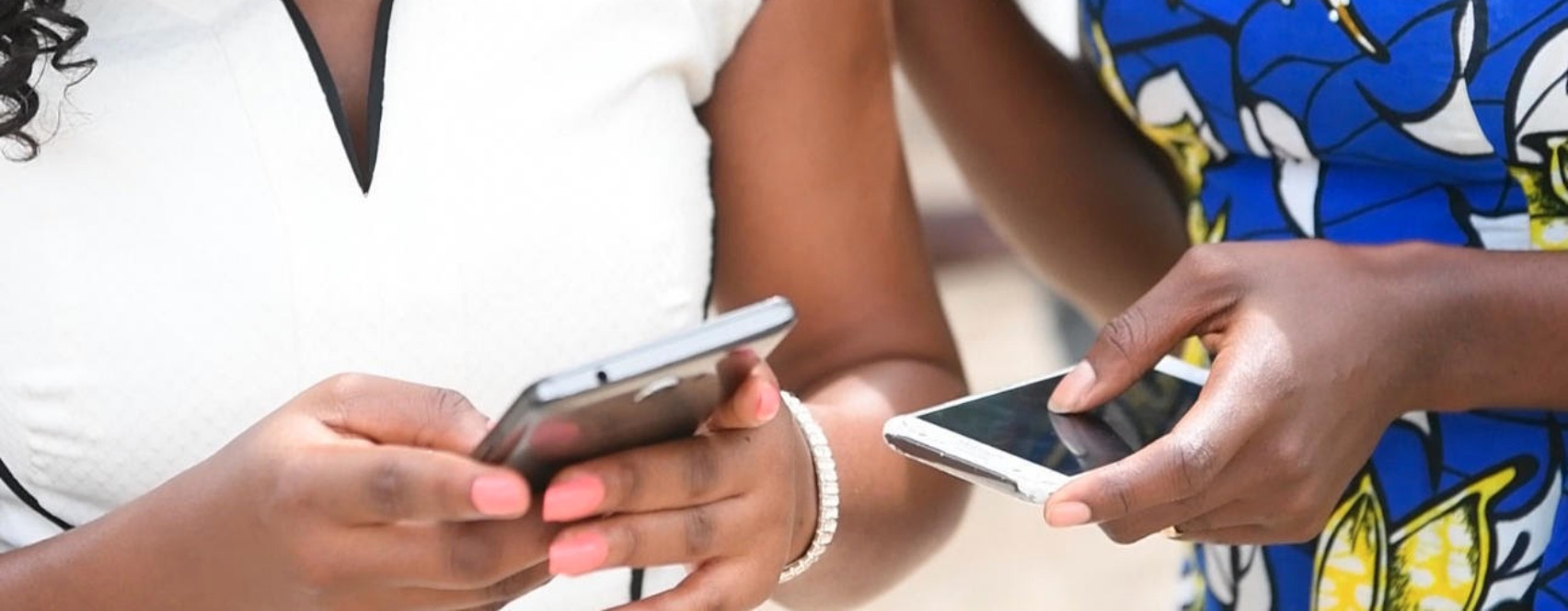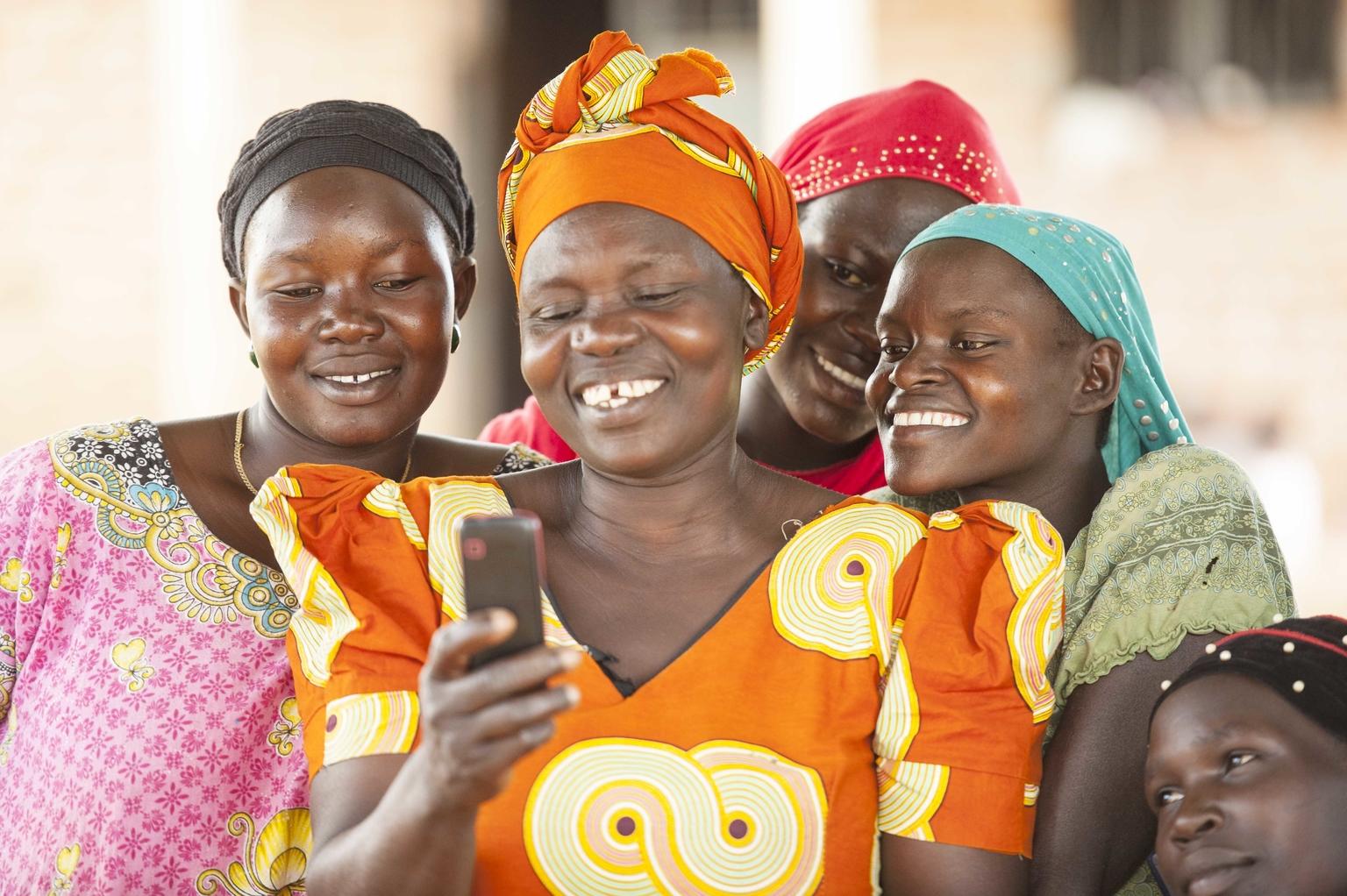Accelerating financial inclusion during COVID-19 and beyond

In September, 2020 the Digital Public Goods Alliance Financial Inclusion Community of Practice (CoP) engaged in a thoughtful, virtual discussion about the relationship between digital public infrastructures (DPIs) and digital public goods (DPGs). In this paper, we document our progress in defining what that intersection is, and how to identify it. In this post we share more about the community of practice model, how it led to our exploration of digital public goods that are also foundational digital public infrastructures, and what the next steps are for the Financial Inclusion CoP.
The DPGA Community of Practice Model
The DPGA convenes expert Communities of Practice (CoPs) to support the discovery, assessment and advancement of digital public goods with high potential for addressing critical development needs in low- and middle-income countries. Currently, there are ongoing CoPs for climate change adaptation, digital health, and financial inclusion. Within these broad topics, each CoP narrows in on particular focus areas by considering relevance and potential impact.
Digitalisation, financial inclusion and COVID-19
The last years have seen growing international consensus around the need to accelerate digitalisation of public financing as a driver of financial inclusion and the broader 2030-agenda. The value of digitalising government payments in developing countries is estimated at US$220-$320 billion annually by the IMF.
The COVID-19 pandemic has accentuated this need, as governments with robust systems in place were better equipped to respond to the outbreak not only in their direct health response, but also by targeting vulnerable populations and delivering payments into people’s accounts to mitigate the economic hardships caused by the outbreak.
The Financial Inclusion CoP has therefore spent the last few months working to identify and shortlist technologies that, in a given country, can be used by a range of service providers and innovators. These technologies can be built on across sectors and have features that can allow countries to freely adopt and iterate them to meet local needs. Projects that were at this particular intersection of digital public goods (DPGs) and digital public infrastructures (DPIs) stood out as meeting all of these criteria.
Below, we share a snapshot of our thinking, but encourage you to read the full paper for more detail.
Defining digital public goods and digital public infrastructures
Digital public goods are defined by the UN Secretary-General’s Roadmap for Digital Cooperation as “open-source software, open data, open artificial intelligence models, open standards and open content that adhere to privacy and other applicable international and domestic laws, standards and best practices and do no harm.” Encompassing the UN’s shared goals, DPGs should also be relevant for attainment of the Sustainable Development Goals.
There is no similarly authoritative definition of DPIs, but they are often referred to as the rails that other solutions “run on top of” and their implementation typically enables many other solutions and business models to flourish. It is furthermore meaningful to divide them into foundational and functional categories, referring to the extent to which they are horizontal enablers.
Narrowing in on the DPIs that can drive financial inclusion at scale
Discussions within the CoP on which technologies could have the most potential impact on financial inclusion and would be most horizontally enabling led to an initial shortlist of technologies for further assessment.
The DPGA Secretariat is now in the final stages of verifying these technologies against the 9-criteria open standard that the Alliance has developed to operationalise the definition of DPGs. Key transformative features of DPGs include their adoptability and adaptability, and their resulting potential to help form new models for international digital cooperation. DPGs can be foundations for multi-stakeholder cooperation and can help transcend geographical, institutional, sectoral and expertise boundaries. Local adaptations and iterations can be shared back with the core project and help ensure long term sustainability. DPGs can also help safeguard human rights through relevant minimum standards and through providing transparency and accountability around how technologies have been designed.

Of particular importance for driving financial inclusion at scale is that, due to their open source licensing, DPGs can offer more control and independence and reduce the risk of vendor lock-in, making it easier for countries to make strategic decisions and have a long-term and holistic perspective when building out their digital foundations.
The shortlist
The table below depicts key features of digital public goods compared to digital public infrastructures and shows the technologies (highlighted section) that have been identified by the CoP as both foundational DPIs and likely DPGs.
| Proprietary Cannot be freely adopted or adapted | Open Source Can be freely adopted or adapted | |
| Functional Enablers of public service delivery and of building out additional services in one or a few sectors | DPI | DPI, DPG |
| Foundational Backbones of public service delivery across all sectors, that solve problems impacting the state, market and consumers | DPI | DPI, DPG *Focus area for the CoP Shortlisted technologies in the final stages of DPG Standard verification: MOSIP, Mojaloop, X-Road, OpenCRVS, Mifos, Apache Fineract, OpenG2P |
Next steps
Once DPG Standard compliance is verified, the DPGA Secretariat will work with the CoP to conduct a deeper assessment of these technologies in order to compile and highlight information of key relevance to governments, donors and other stakeholders working to accelerate financial inclusion through digitalisation.
Also, the transformative potential of DPGs can not be fully realized unless we simultaneously transform the systems, structures and practices in which these technologies are embedded. As one important step in this direction, the DPGA Secretariat is therefore working with philanthropic and government donors to align on a common global approach to resource mobilisation and coordination.
To learn more about the relationship between DPIs and DPGs we encourage you to read the full paper.